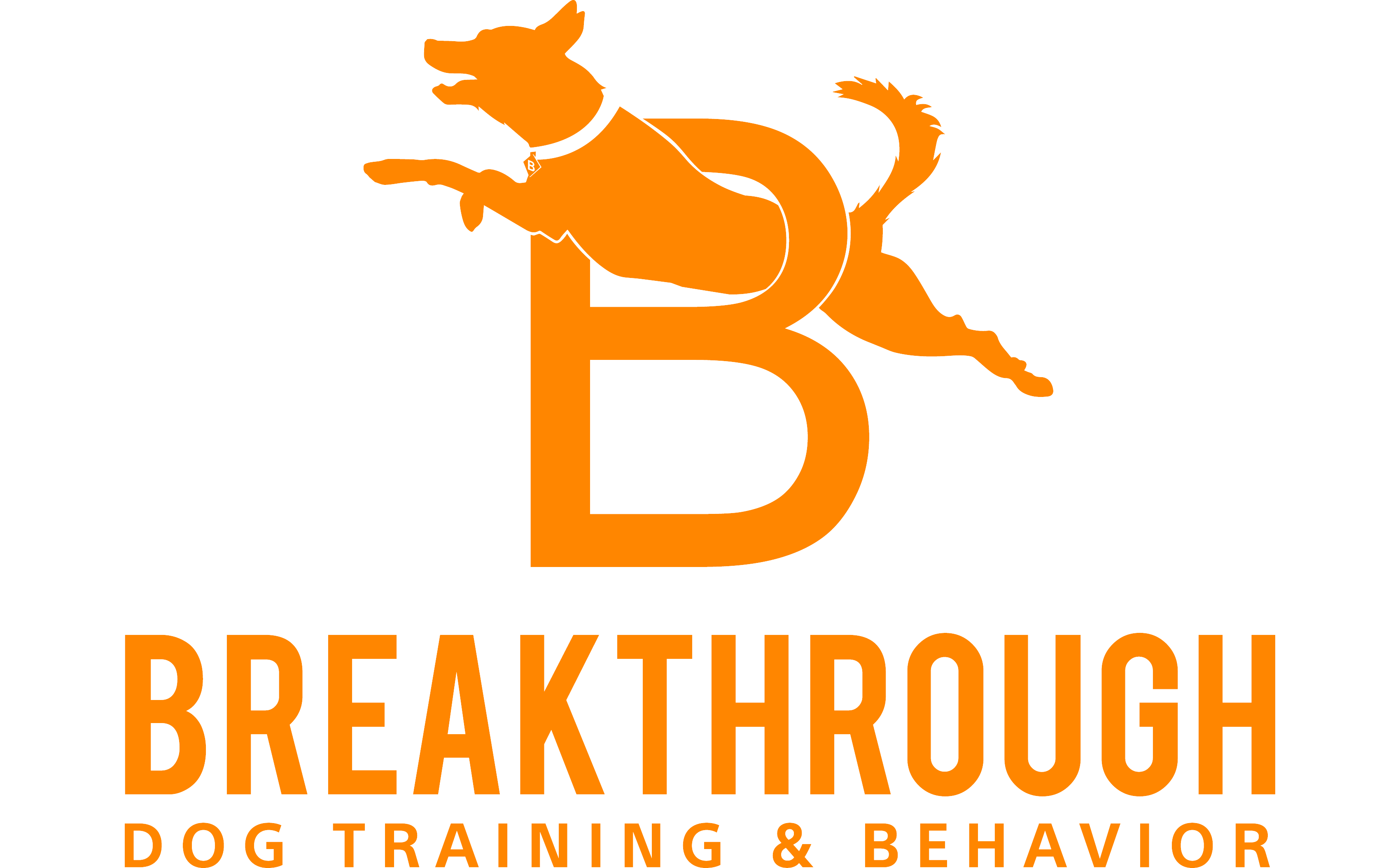Dog training is a multifaceted practice that involves various techniques and methodologies aimed at teaching dogs how to behave appropriately in a range of situations. Understanding why trainers do what they do can provide valuable insights for dog owners and help create more effective and harmonious training experiences. Here are several reasons why trainers approach dog training the way they do and to understand why we train the way we do in Dallas:
1. **Behavioral Understanding**
– **Reading Canine Body Language**: A fundamental aspect of dog training is understanding canine body language. Trainers learn to read subtle cues that indicate a dog’s emotional state, which helps in tailoring training approaches to each dog’s needs.
– **Addressing Root Causes**: Trained professionals strive to understand the underlying causes of behavioral issues (e.g., anxiety, fear, excitement) to address them effectively rather than merely treating symptoms.
2. **Promoting Positive Behavior**
– **Positive Reinforcement**: Many modern trainers favor positive reinforcement techniques, where they reward desired behaviors to increase the likelihood of such behaviors being repeated. This method builds trust and strengthens the bond between the dog and the trainer (or owner).
– **Consistency and Routine**: Establishing a consistent routine helps dogs understand what is expected of them. Predictability can reduce anxiety and foster better behavior.
3. **Safety and Control**
– **Ensuring Safety**: Proper training ensures that dogs can be safely handled and controlled in various environments, reducing the risk of accidents or injuries to both the dogs and humans.
– **Socialization**: Trainers work on socializing dogs to ensure they are comfortable and well-behaved around other animals and people. This is crucial for the dog’s safety and the safety of those around them.
4. **Communication**
– **Human-Dog Communication**: Effective training isn’t just about the dog learning commands; it’s also about improving communication between humans and dogs. Trainers teach owners how to give clear signals and commands that the dog can understand.
– **Building Vocabulary**: Trainers help dogs build a vocabulary of commands that they understand, making everyday interactions smoother and more enjoyable.
5. **Quality of Life**
– **Mental and Physical Stimulation**: Proper training often includes activities that provide mental and physical stimulation, which are essential for a dog’s overall well-being. Training sessions can be an excellent way for dogs to use their brains and bodies, leading to a healthier and happier life.
– **Confidence Building**: Training can help build a dog’s confidence, particularly those who are anxious or fearful. By teaching them skills and rewarding their success, trainers help dogs feel more secure.
6. **Problem-Solving**
– **Addressing Specific Issues**: Trainers are skilled in addressing specific behavioral problems such as aggression, excessive barking, or housebreaking issues. They use targeted techniques to modify these behaviors.
– **Preventative Measures**: Early training can prevent the development of problem behaviors, making it easier for dogs to integrate into their families and communities.
7. **Building Relationships**
– **Strengthening Bonds**: Training is a collaborative process that strengthens the bond between the dog and the owner. It promotes mutual respect and understanding.
– **Empowering Owners**: By educating owners on effective training techniques and canine behavior, trainers empower them to handle and nurture their dogs successfully.
Conclusion
The ultimate goal of dog training is to create a well-behaved, happy, and healthy dog that can integrate seamlessly into its human family and society at large. Trainers use a variety of methodologies to address individual needs, promote positive behavior, ensure safety, facilitate communication, and enhance the quality of life for dogs and their owners. Understanding these principles can help dog owners appreciate the importance of training and the dedication required to achieve the best results.
